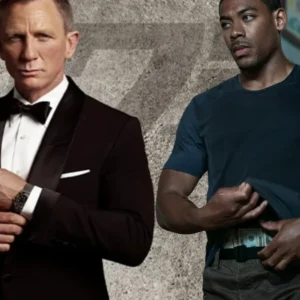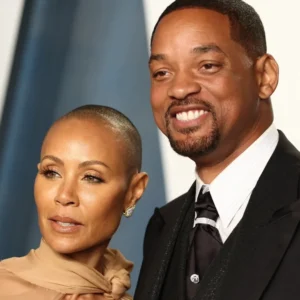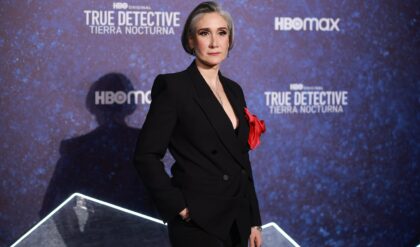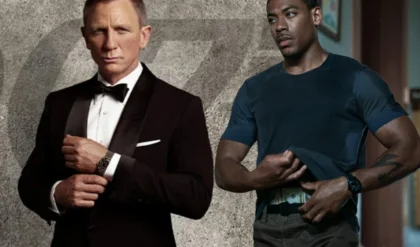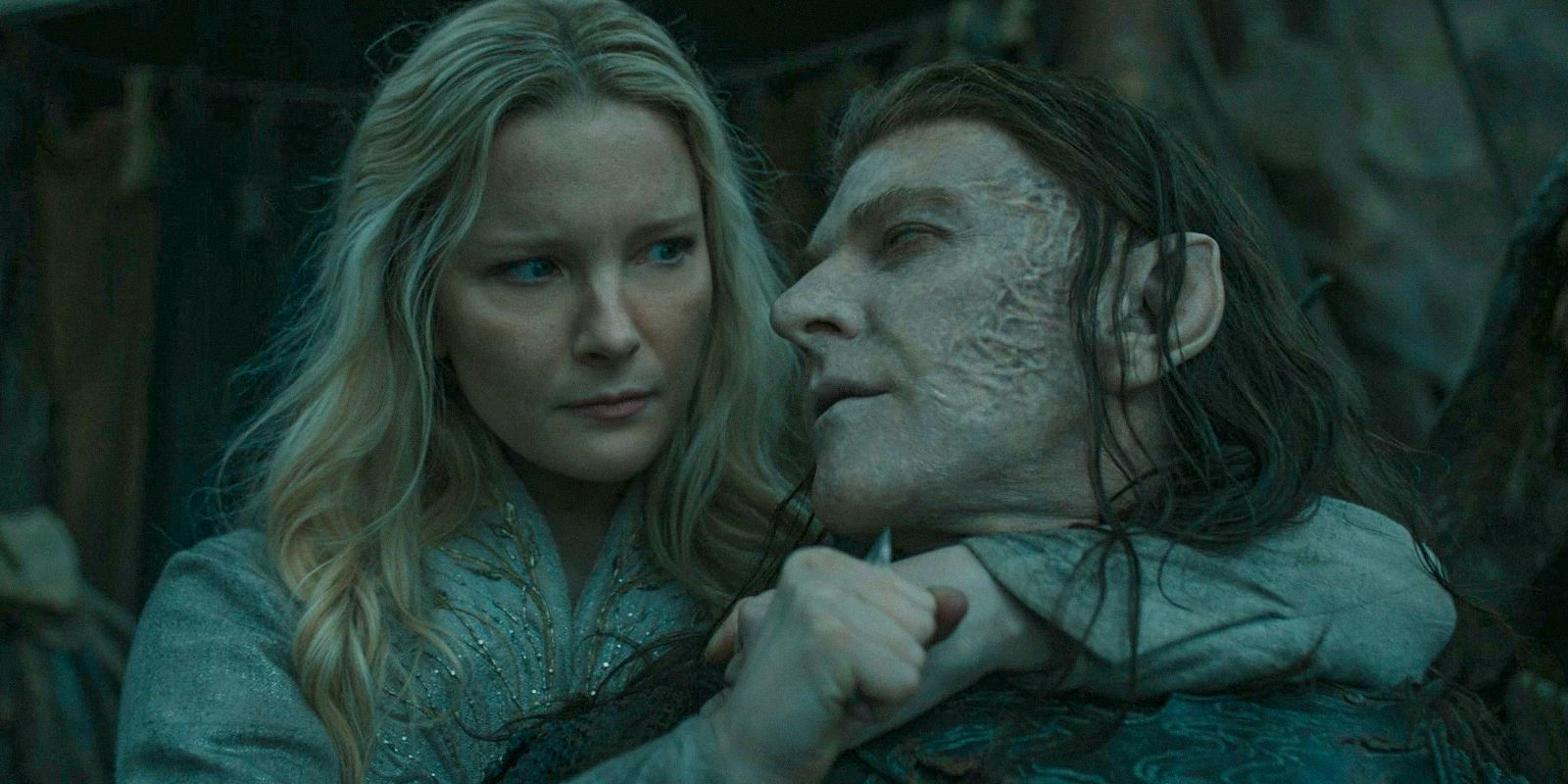
Amazon hasn’t released detailed viewing figures but flags the highest-ranking shows on its platform (e.g. “#1 in the US“). Rings of Power is far from perfect, but it holds up well to its competitors. Rings of Power season 2 reached 40 million viewers in 11 days over 4 episodes (via Variety). Meanwhile, House of the Dragon scored 7.8 million viewers for episode 1 and 8.1 million for episode 4 – its record for the season (via TheWrap). While not the clearest of comparisons, it is clear that Rings of Power is a populist choice. However, the show’s appeal is far more than commercial.
The Rings Of Power Has Changed Tolkien’s Lore In Multiple Ways
Rings Of Power Is Faithful But Not Completely
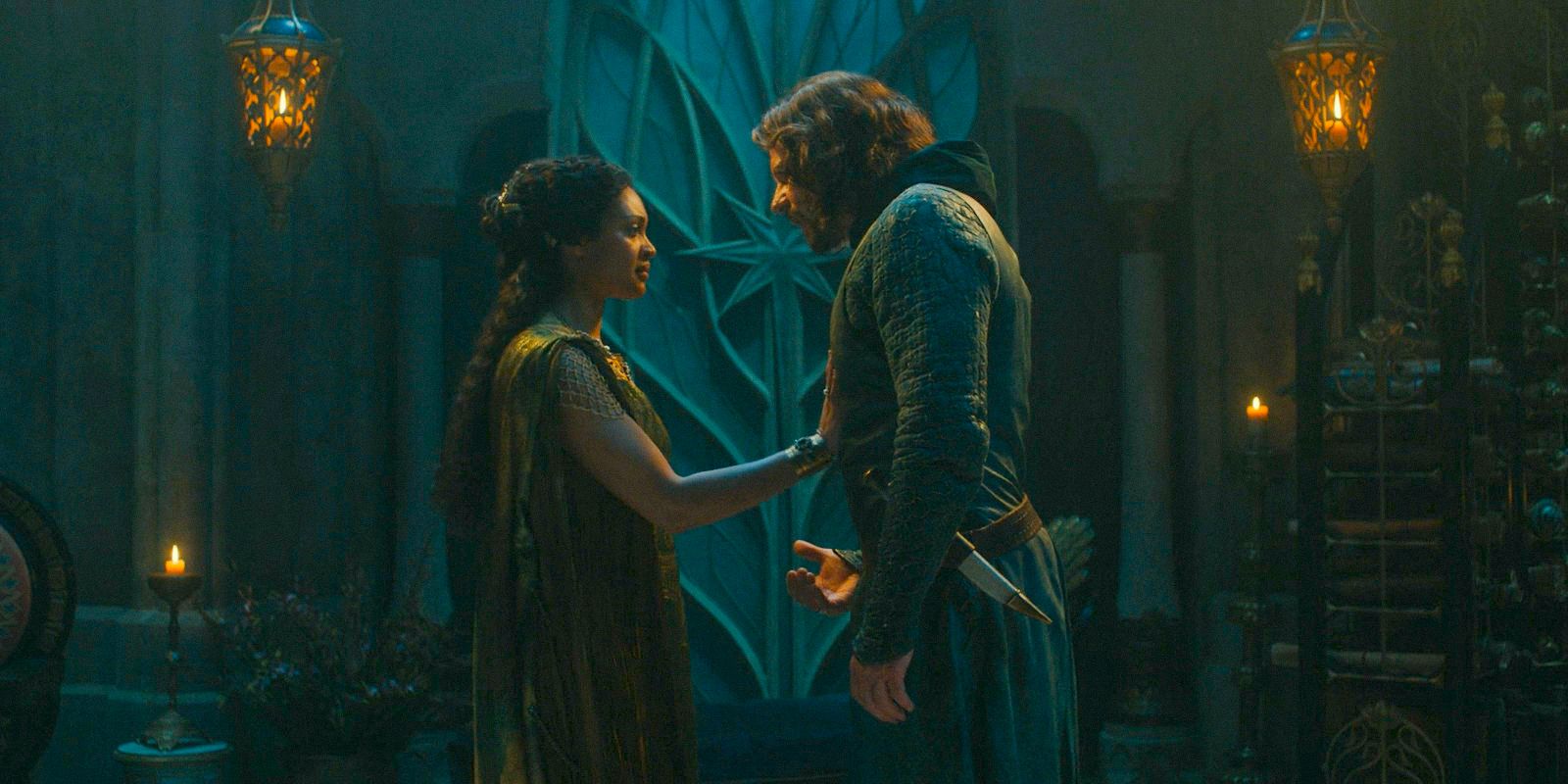
The Rings of Power has been a remarkably faithful adaptation in many ways but has also diverged significantly from the story that pioneering fantasy author J.R.R. Tolkien laid out. Rings of Power adapts characters and locations pulled straight from the appendices to The Lord of the Rings, which it has the rights to adapt, along with the whole of Lord of the Rings and The Hobbit. The show brings never-before-seen Second Age characters like Gil-galad, Durin, Narvi, and Celebrimbor to life. However, the show compressed and scrambled The Lord of the Rings timeline to make its pacing work.
The Tolkien Estate technically holds the rights to The Silmarillion, but J.R.R Tolkien sold matching rights to it (the right to outbid anyone for rights) in 1976, and they currently lie with Embracer Group, which also holds movie and merchandising rights.
It also embellished the source material to create a script worthy of a compelling, dramatic five-season TV show. The show’s goal was to tell a five-season version of the five-minute prologue in The Lord of the Rings: The Fellowship of the Ring movie (via Time). For all intents and purposes, it intended to adapt The Silmarillion but would have had to outbid Embracer Group for rights, and may well have struggled. Nonetheless, both the showrunners and the Tolkien Estate were keen on a Second Age Silmarillion show, so they partnered and have been liaising ever since to balance faithfulness with drama.
Tolkien Wanted Adaptations To Retain The Spirit Of His Story
Tolkien Discussed His Views On Adaptations
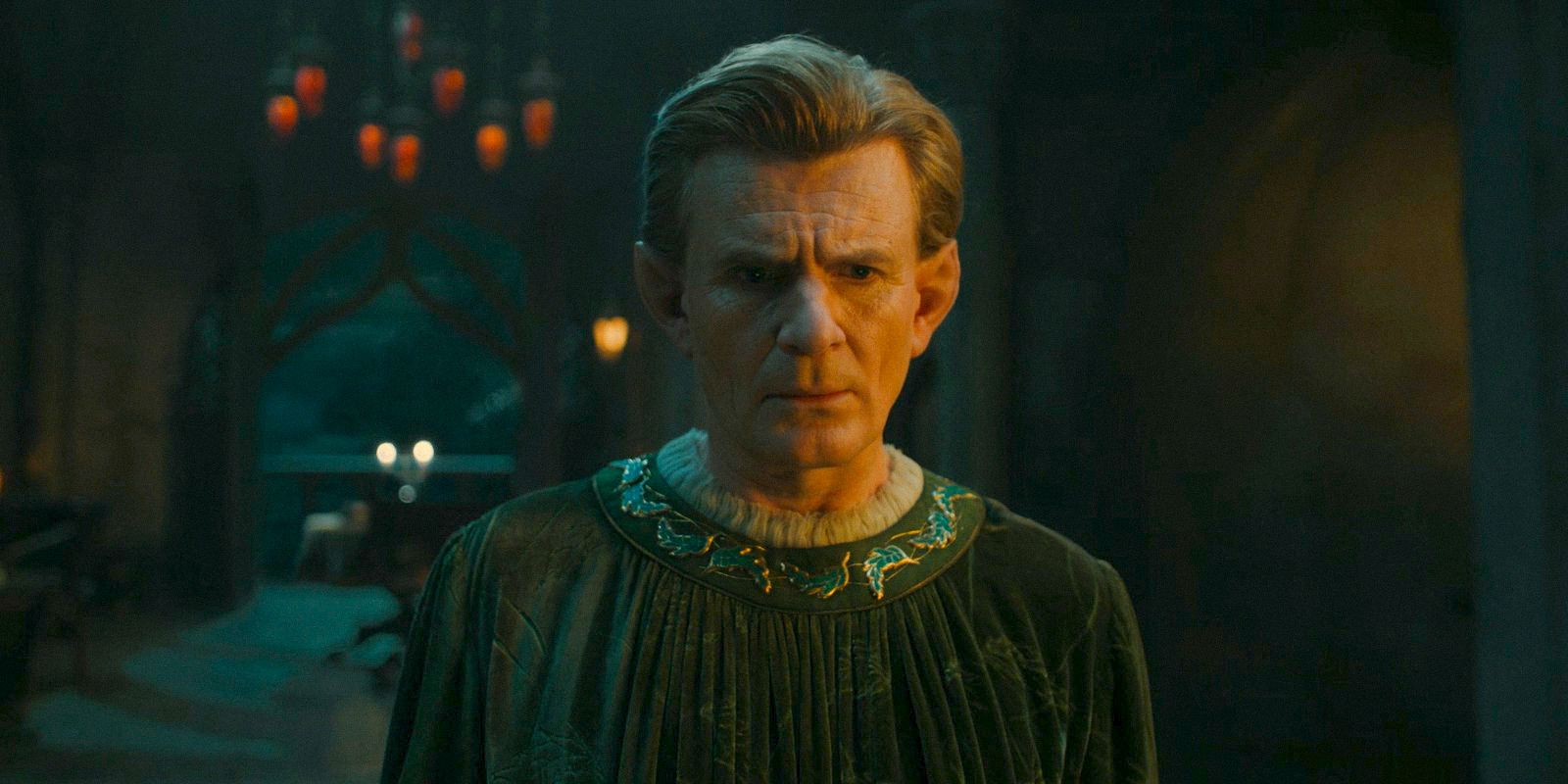
J.R.R Tolkien was very open to adaptations and, understandably, wasn’t a fan of copious changes to his content, but would happily abide it so long as the resulting adaptation stayed true to the spirit of his work. Tolkien’s 1951 letter to Milton Waldman expressed his openness toward adaptations: “I would draw some of the great tales in fullness and leave … scope for other minds and hands, wielding paint and music and drama.” Examining Tolkien’s letters reveals how repeatedly and devotedly he worked with multiple parties to launch adaptations, but he had boundaries:
I would ask [Zimmerman and team] to make an effort of imagination sufficient to understand the irritation (and on occasion the resentment) of an author, who finds, increasingly as he proceeds, his work treated as it would seem carelessly in general, in places recklessly, and with no evident signs of any appreciation of what it is all about… The canons of narrative art in any medium cannot be wholly different; and the failure of poor films is often precisely in exaggeration, and in the intrusion of unwarranted matter owing to not perceiving where the core of the original lies.
Tolkien’s strong opinions and boundaries didn’t stop him from negotiating and engaging at length to try to secure partnerships, including a 1953 Hobbit play and a BBC Lord of the Rings radio show. This was heavily financially motivated. After all, the prospects of a university professor were no more glamorous in the 1950s than they are now. But Tolkien always found something good to say about scripts, balanced with his criticisms. Clearly, he hoped to align with someone on their vision, so long as they were “perceiving where the core of the original lies.”
The Rings Of Power Isn’t Perfect, But It Does Honor Tolkien’s Key Themes
The Rings Teach The Lesson Of The Second Age
Now, it is a matter of opinion whether or not The Lord of the Rings: The Rings of Power correctly perceives “where the core of the original lies,” but it does traffic in some of the most important themes in Tolkien’s work. The Stranger wrestles with choosing good, despite having the capacity for destruction. And the show has been anything but careless with Tolkien’s story. Obsessive consumers of lore could attest to the constant tie-ins, callbacks, and references to even the most apocryphal of Tolkien writings. For instance, Mirdania smelling Sauron in his native form in season 2, episode 5.
From Melkor’s rebellion to the Elvish hubris of the Second Age and the fall of Númenor, to Gollum and the Fellowship of the Ring – Lord of the Rings has always been about the dangers of grasping for life beyond one’s means.
Tolkien stated in a letter that the “real theme” of The Lord of the Rings was “Death and Immortality.” From Melkor’s rebellion to the Elvish hubris of the Second Age and the fall of Númenor, to Gollum and the Fellowship of the Ring – Lord of the Rings has always been about the dangers of grasping for life beyond one’s means. The pride of the Elves is front and center in The Rings of Power, and that is integral to the lesson of the Second Age. The more the show can juggle clarifying this with pushing character development as far as it can go, the more it will succeed.
The legendarium may be too complex and contradictory to be able to provide a binary “yes” or “no” answer as to whether the show adheres to “the core” or not. It is probably most apt to say that, sometimes, the spirit of Tolkien is absolutely radiant here. And at others, it is distorted slightly, but perceptible. However, if looking for “signs of… appreciation of what it is… about,” look no further. And evidently, Rings of Power is proving to be abundantly enjoyable for millions, regardless, and accordingly profitable for the Tolkien Estate.
The Rings Of Power Is Making The World Pick Up Tolkien’s Books
Tolkien Book Sales Are Up
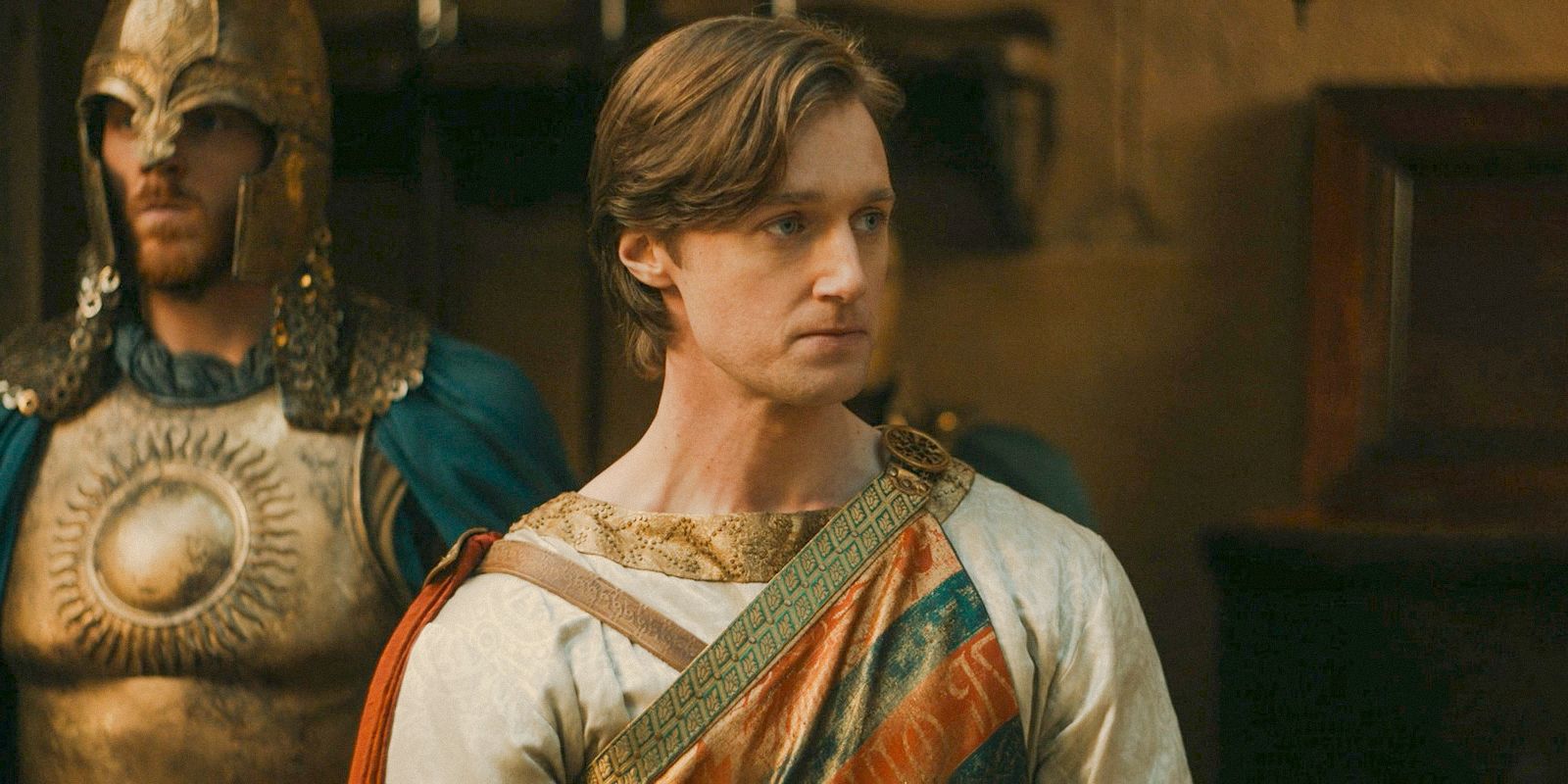
The danger or misfortune of an unfaithful adaptation is that it discredits an author’s work, but The Rings of Power isn’t causing this problem, because it has significantly boosted sales of the work of the author. Granted, these figures are hard to verify, hard to quantify, and constantly in flux. However, during week three of Rings of Power’s season 2, The Fellowship of the Ring is Amazon’s number one best-selling literary anthology, with The Silmarillion number four, The Fall of Númenor five, The Two Towers seven, The Return of the King nine, and The Lord of the Rings eleven (via Amazon Best Sellers, updated frequently).
This was also the case during The Rings of Power season 1 – The Fellowship of the Ring rose to Amazon’s third bestseller out of all categories in April 2022, followed by The Hobbit, and The Two Towers. While Amazon doesn’t display historical bestsellers, numbers can be tracked across unofficial sources like The One Ring and Amazon Affiliates. Reportedly, The Silmarillion entered this chart for the first time ever in this period. J.R.R. Tolkien may not have adored every change in The Lord of the Rings: The Rings of Power, but at the very least, he would have appreciated this turn toward his own work.
News
Animators Were Reportedly Instructed by Disney to Make ‘Inside Out 2’ “Less Gay” Following ‘Lightyear’ Same-Sex Kiss Scandal
Following an entire year without a billion-dollar movie, it looks like Disney is back on great track having two movies that crossed the billion mark this year. We’re naturally talking about ‘Inside Out 2’ and ‘Deadpool & Wolverine,’ both movies a terrific…
Disney Leadership Reportedly Telling Pixar Employees ‘Lightyear’ “Was A Financial Failure Because It Had A Queer Kiss In It”
Buzz (Chris Evans) prepares for a risky test flight in Lightyear (2022), Pixar Animation Studios According to a new report, Disney leadership have taken to internally attributing the box office failure of Pixar’s Lightyear film on the fact that it featured a…
The Internet Has Just Put Forward Another Candidate for Daniel Craig’s ‘James Bond’ Successor, and the Fans Have Reacted
After Daniel Craig’s departure from the role in No Time to Die, the James Bond franchise has been in search of Craig’s successor in the role. An announcement has yet to be made officially, but as you probably know, many names have been…
J.K. Rowling (Again) Attacks Transgender Paralympian, Receives a Reaction
With her Harry Potter books, which were later adapted into a popular and successful film series, author J.K. Rowling raised and inspired several generations of children around the world. The series is currently being adapted for television, but despite the fact that the series is still…
Will Smith Has Found a New Friend and Jada Is Supposedly Furious
Will Smith and his wife Jada Pinkett Smith are one of the most famous celebrity couples of all time. Both actors were at one point considered to be a proper Hollywood power couple, but due to one scandal after another and a seemingly…
‘Warhammer 40,000: Space Marine 2’ Developer Admits Games At Embracer Made Him “Want To Cry With Their Overblown Attempts At Messaging Or Imposing Morals On Gamers”v
A screenshot from Warhammer 40,000: Space Marine 2 (2024), Saber Interactive Warhammer 40,000: Space Marine 2 developer and Saber Interactive CEO Matthew Karch recently revealed that he is not a fan of developers creating games that have “overblown attempts at messaging…
End of content
No more pages to load


